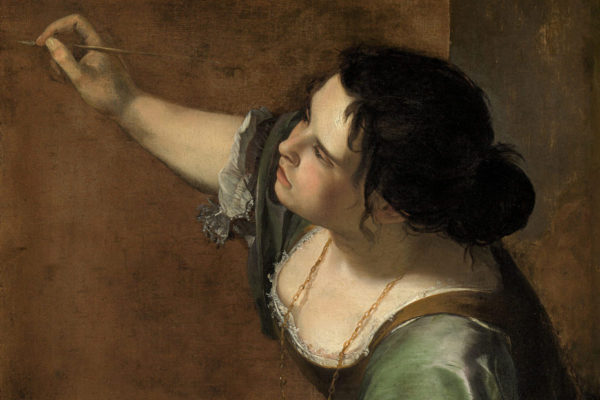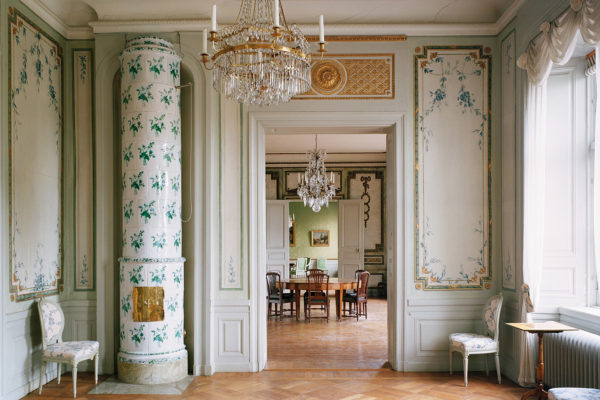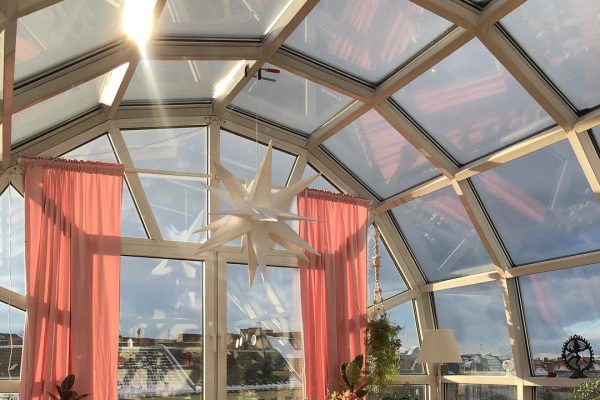
Hit pause on reality for a moment and step into the fabulous shoes of a bohemian design diva whose life reads much like a fairy tale. With looks straight from the glossy pages of Vogue Italia; classy, sassy, smart, uber-talented and spiritually-minded. Gabriella Crespi is one of those designers who isn’t necessarily a household name, but once you’ve clocked her designs, you realise she’s been omnipresent in your life; inspiring the outdoor furniture you’re sitting on, the picture frames on your wall and the ornaments on your dressing table. She may not have the art history book hype reserved for Le Corbusier or Frank Lloyd Wright (who she greatly admired), but to those in the know, Gabriella Crespi carved out a very special place for herself in the capricious design halls of fame. Looking back, it’s clear this Milanese designer was her own formidable brand and everyone wanted to buy into the lifestyle, the energy and the glamour she embodied.
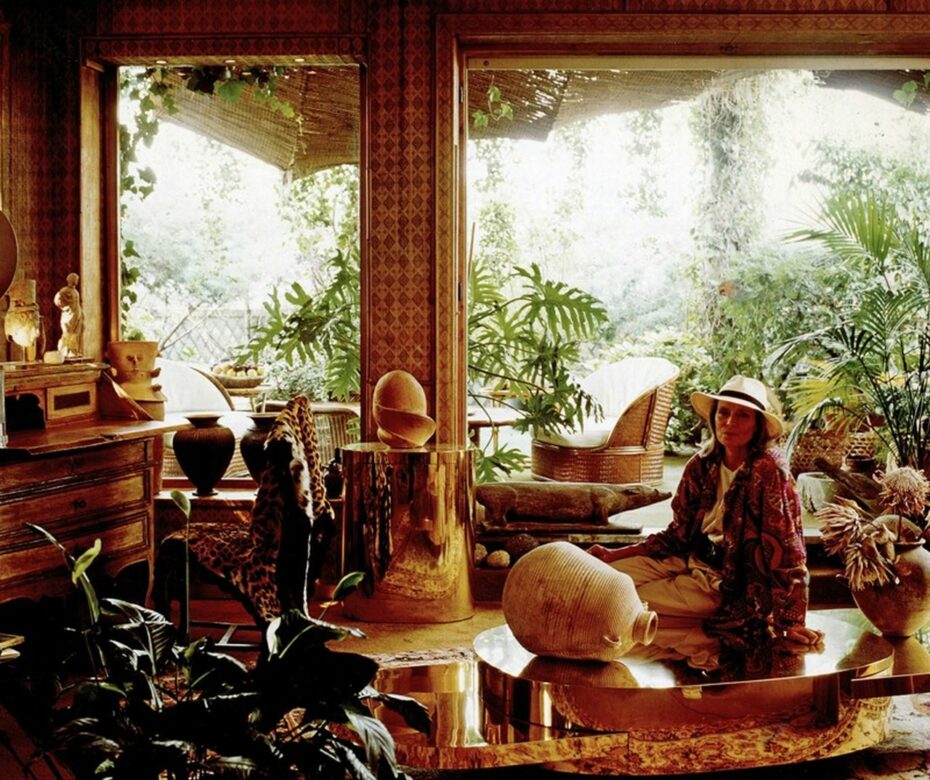
After a divorce and living in an old palazzo in Rome with her children, her daughter Elisabetta remembers in an interview with Vogue, “all the Roman aristocracy was in love with her, they flocked to Palazzo Cenci, intrigued by her creations as much as by her charisma and beauty.” Needless to say, it also helped that the designs in their own right were rather must-have-able. Gabriella Crespi was ridiculously gifted – not just in the sense of extraordinary physical beauty and strength (according to her daughter Elisabetta Crespi, she was so striking she’d still make heads turn on the beach at age 85, but she also had an uncanny, one-of-a-kind, forward-thinking design ingenuity that was brutally modern and industrial – and yet, she could as effortlessly indulge in endearingly personal and passionate pieces.
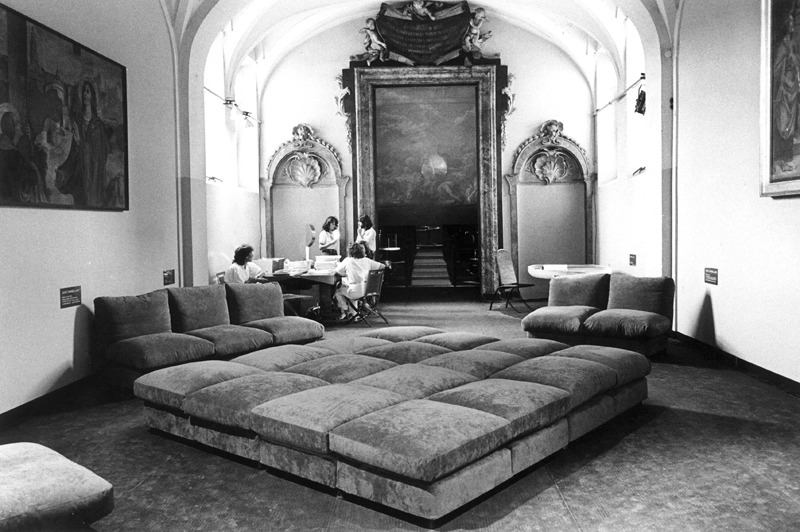
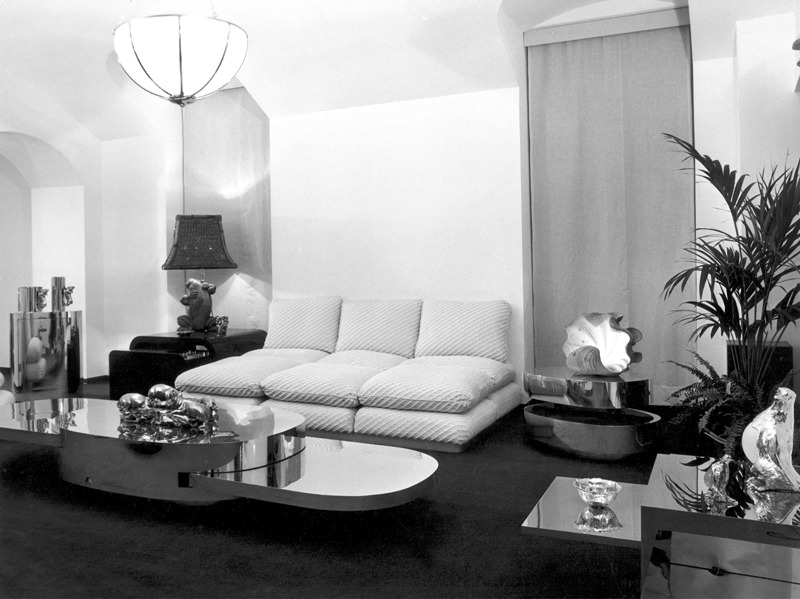
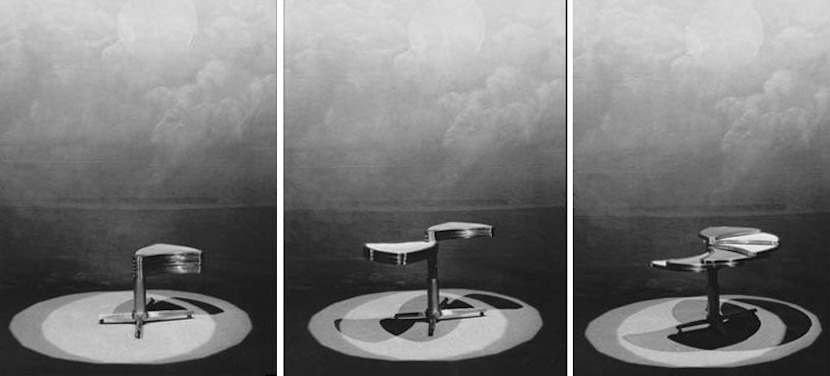
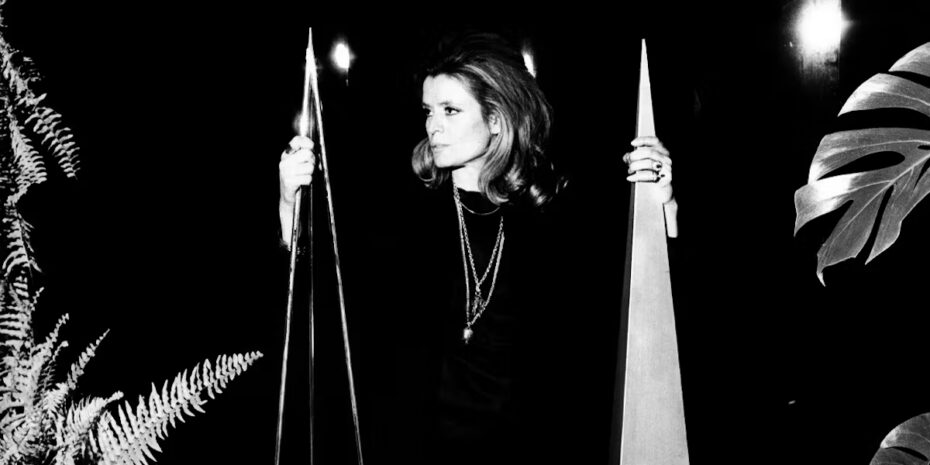
She was determined to create, designing over 2000, now fought-over at auction, creations across the jewellery, furniture and interior design spectrum – from desks and lampshades to ornaments and picture frames. Gabriella was also an astute social creature – she’d move unperturbed amongst European royalty, kings, A-list designers, Hollywood stars and her own precious artisans. Christian Dior, Hubert de Givenchy, Gianni Versace, Audrey Hepburn, the sister of the Shah of Iran, Princess Marina of Savoy, Queen Paola of Belgium, and Qatari princes and princesses, to mention but a few, all vied for her attention.
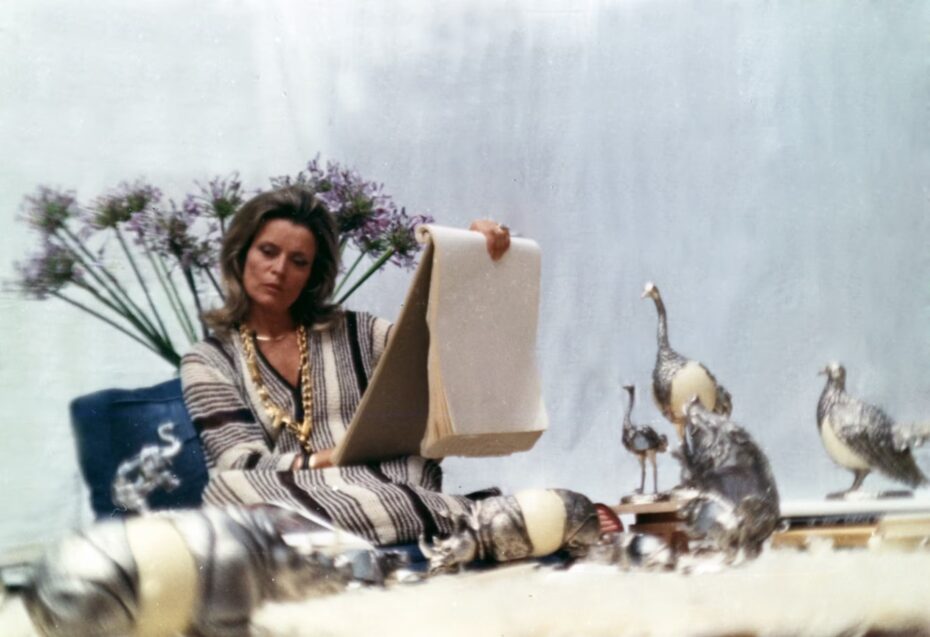
Crespi was born in 1922 in Saronno, Italy to a well-heeled family. The daughter of a haute couture jewellery designer and mechanical engineer, which may explain the perfect mix of aesthetics and practicality in her work, she studied architecture at the Politecnico in Milan. From the outset, her sculpture and furniture reflected the engineer in her, they were so much more than mere art – they would cleverly incorporate intricate mechanical parts that moved and morphed. In an interview with Vogue, her daughter Elisabetta Crespi, said, “my mother was a perfect blend of artistic flair and technical exactitude; she had an eye for beauty as well as for functionality, a very Milanese attitude. She patented all the mechanisms that made her sculptural cabinets open like clamshells, and her tables extend elliptical wings, like futuristic spaceships.”
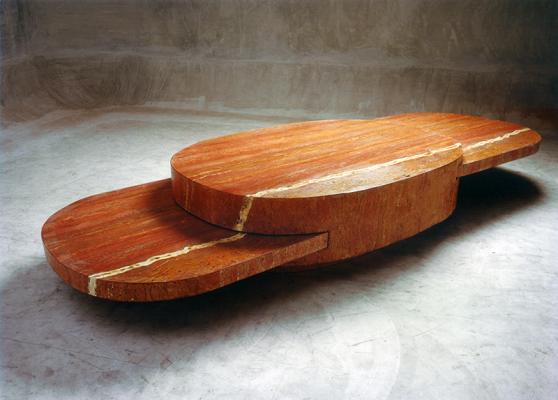
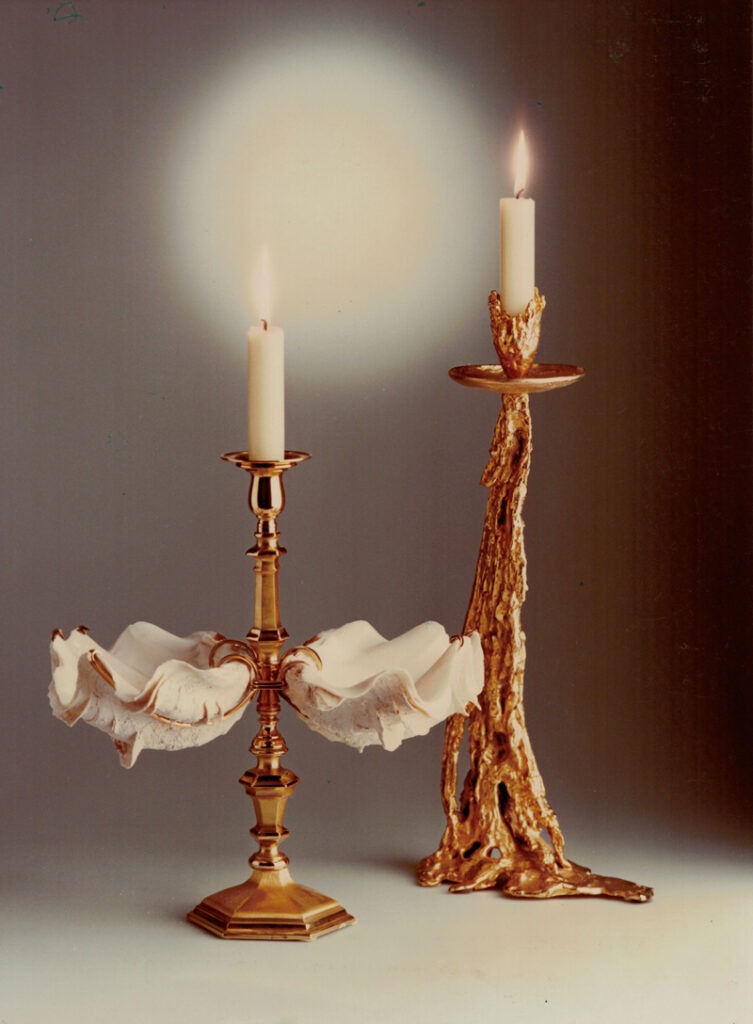
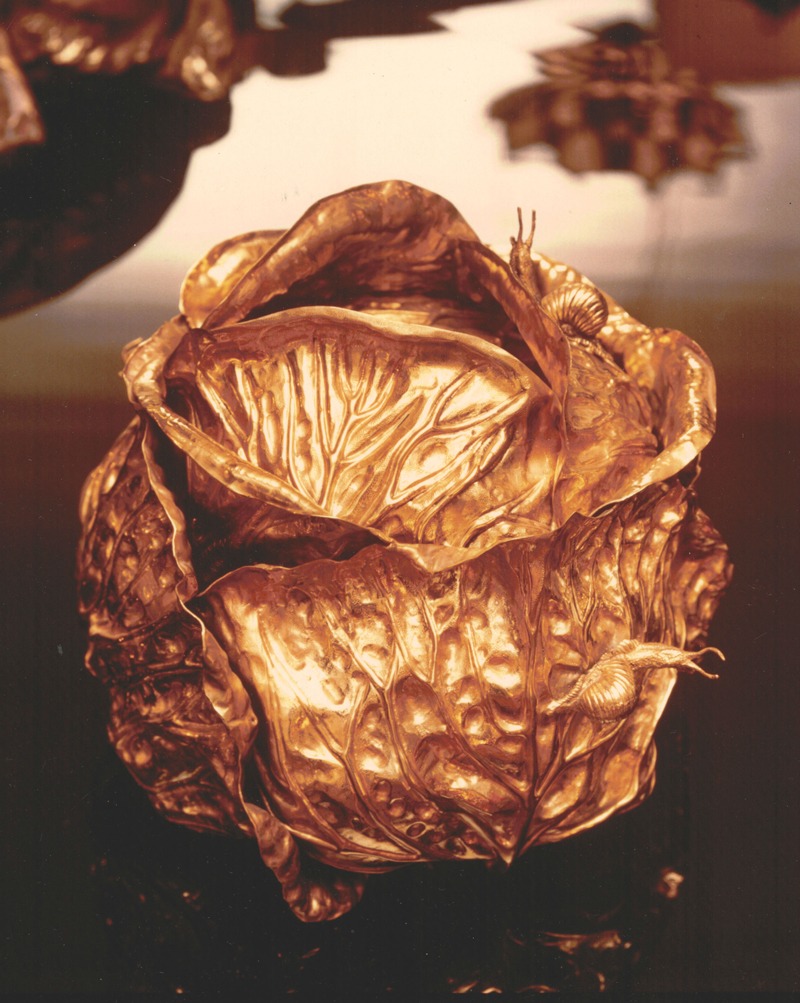
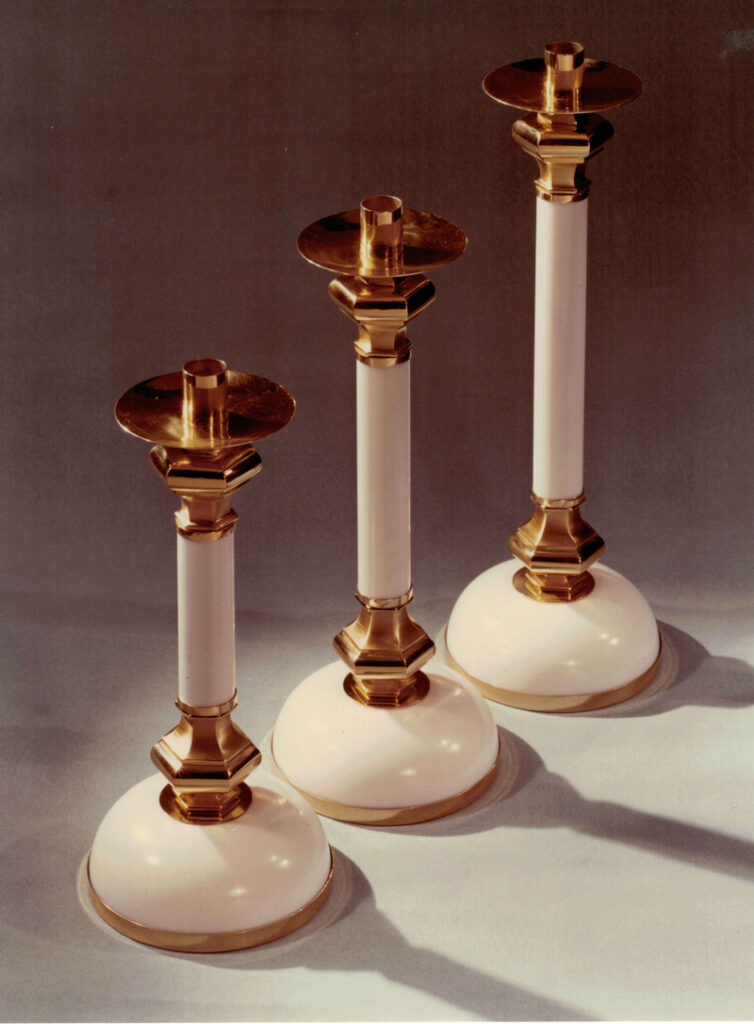
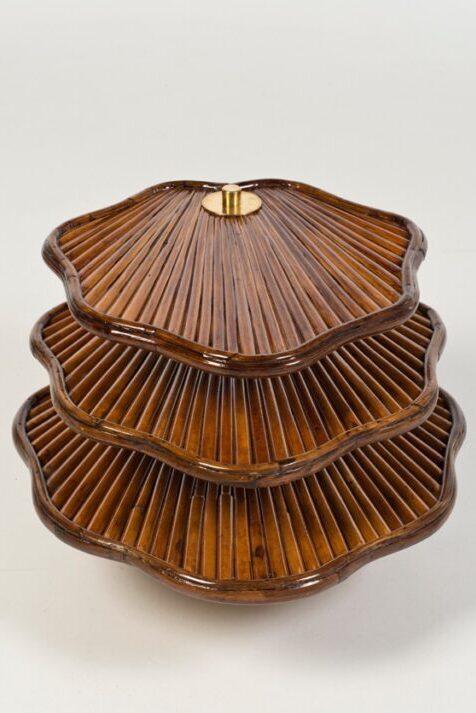
Her shiny brass, bronze, glass and lucite pieces oozed glamour and pragmatism in equal measure, they were exotic, curvaceous, sensuous, stylish, futuristic and verged on the baroque. During the 1950s she produced the ‘Small Lune Collection’, a series of moon-shaped sculptures made from steel, in the 1960s she designed home accessories for Christian Dior and in the 1970s it was furniture for Dior.
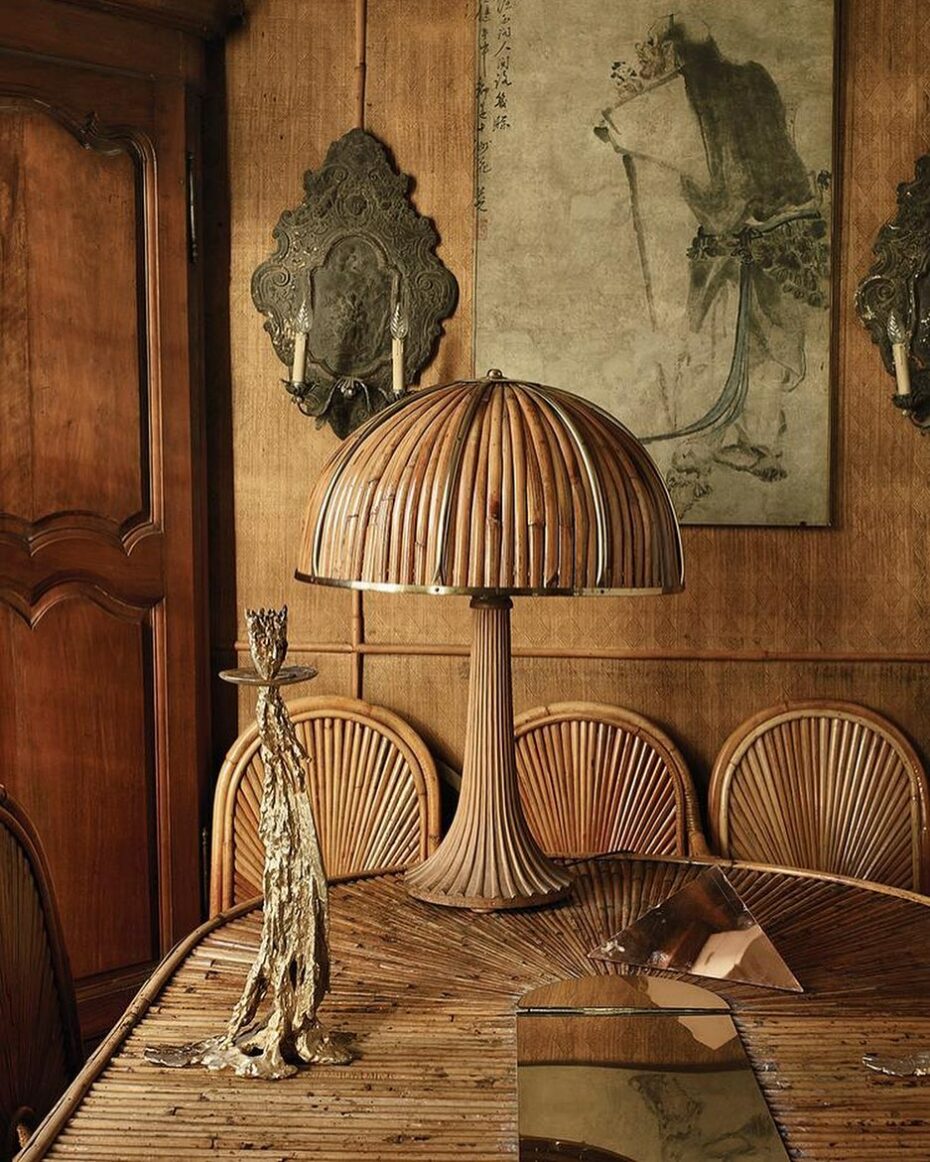
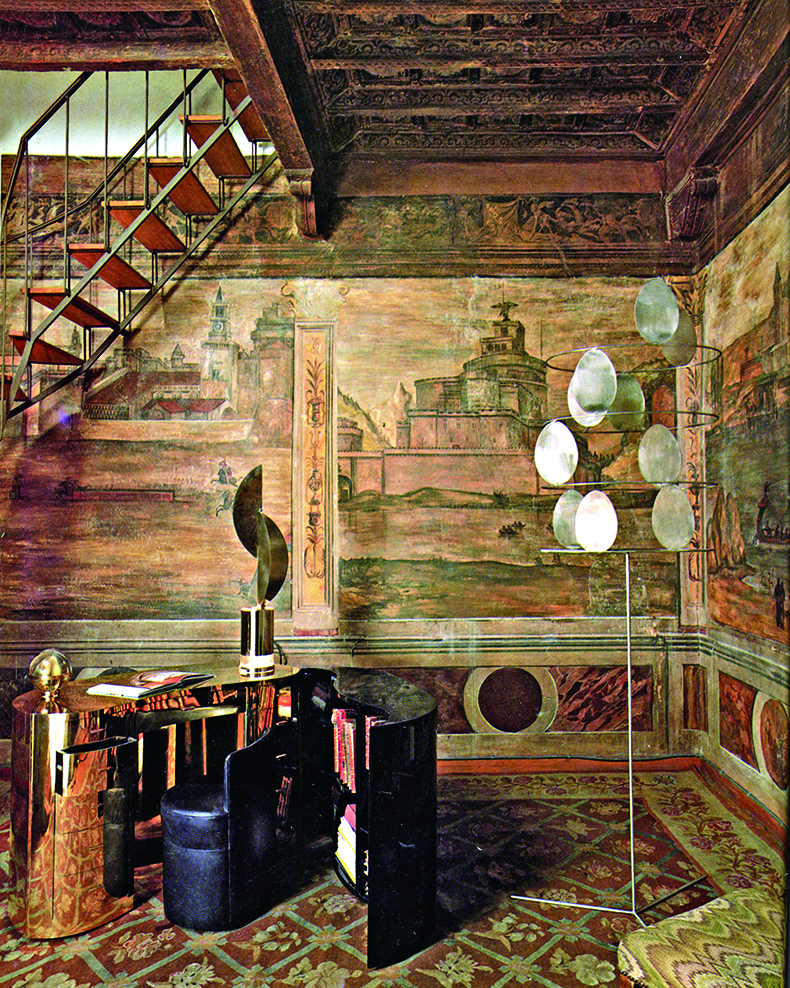
The seventies saw her work with her daughter Elisabetta on the famous ‘Plurimi’ series; the highly sought-after ‘Kaleidoscope’ and ‘Lune’ sculptures and lamps followed. Pieces made using the lost-wax method included “My Soul’(1974), the ‘Animali’ collections – a celebration of her fondness of the natural world, ‘Jewels’ and ‘Gocce Oro’. The ‘Quick Change Sofa’, ‘Z Bar’, ‘Z Desk’, ‘Fungo Lamps’ and iconic ‘Rising Sun’ collections followed between 1972 and 1975. The late 1970s and 1980s saw the book-case piece ‘Menhir’ (1978), the ‘Yang Yin’ collection (1979), ‘Ara’ (1979), ‘Lunante’ (1980), three new ‘Plurimi’ pieces (‘Blow Up’, ‘Eclipse’ and ‘Sit & Sip’, 1980) and her last ‘Plurimo’ piece called ‘Punto ’83’ in 1982.
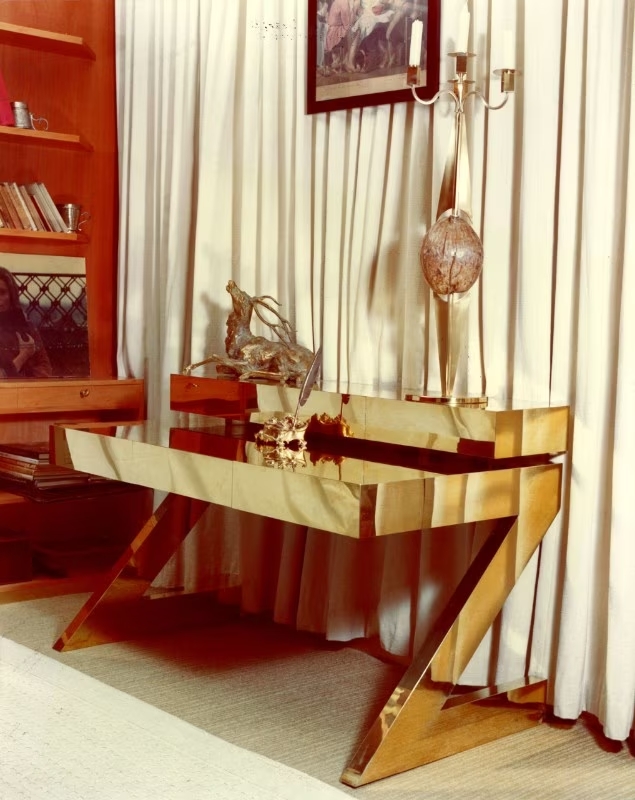
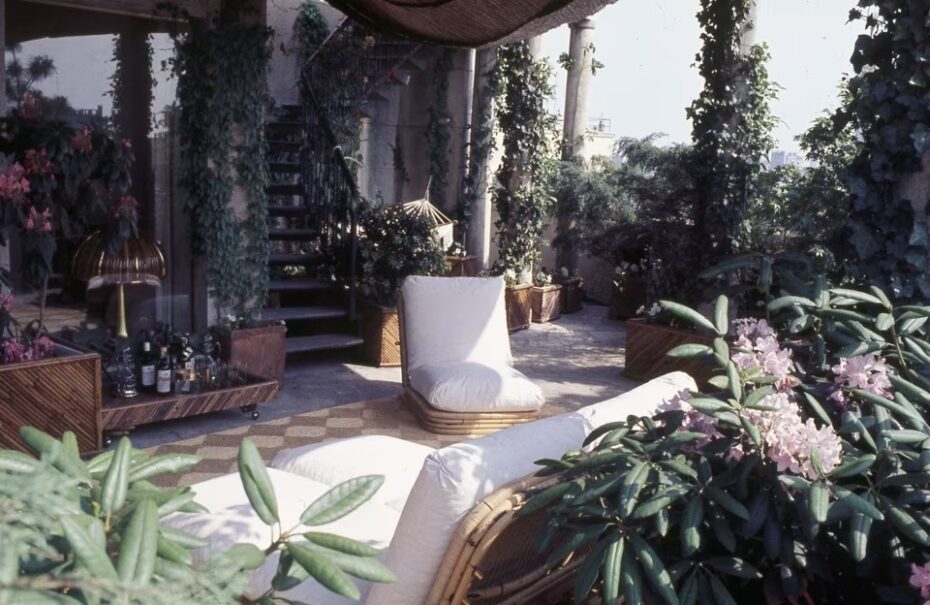
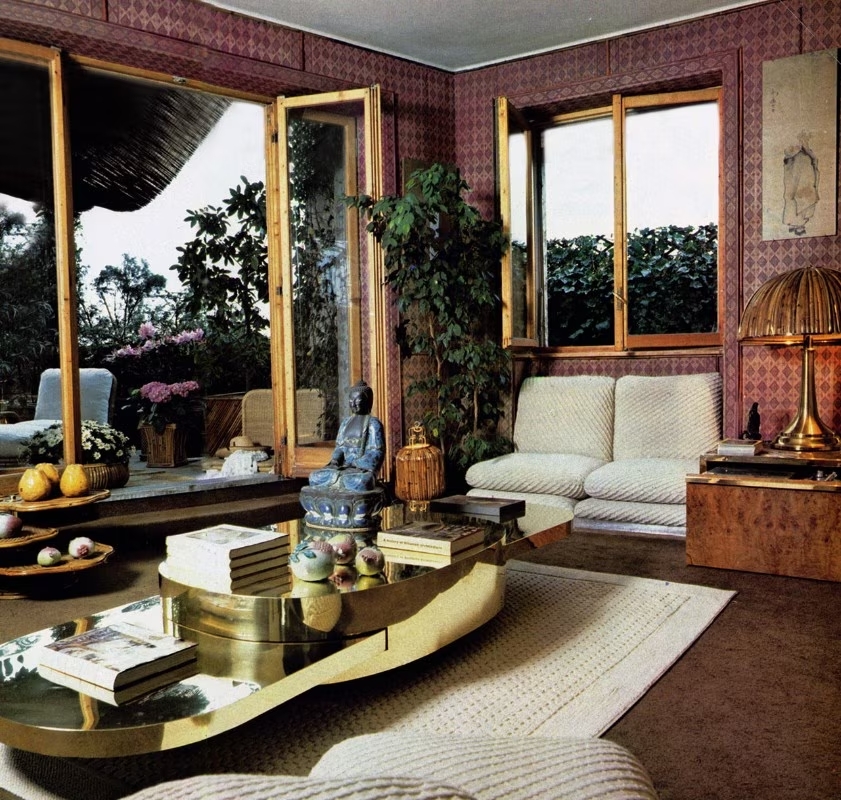
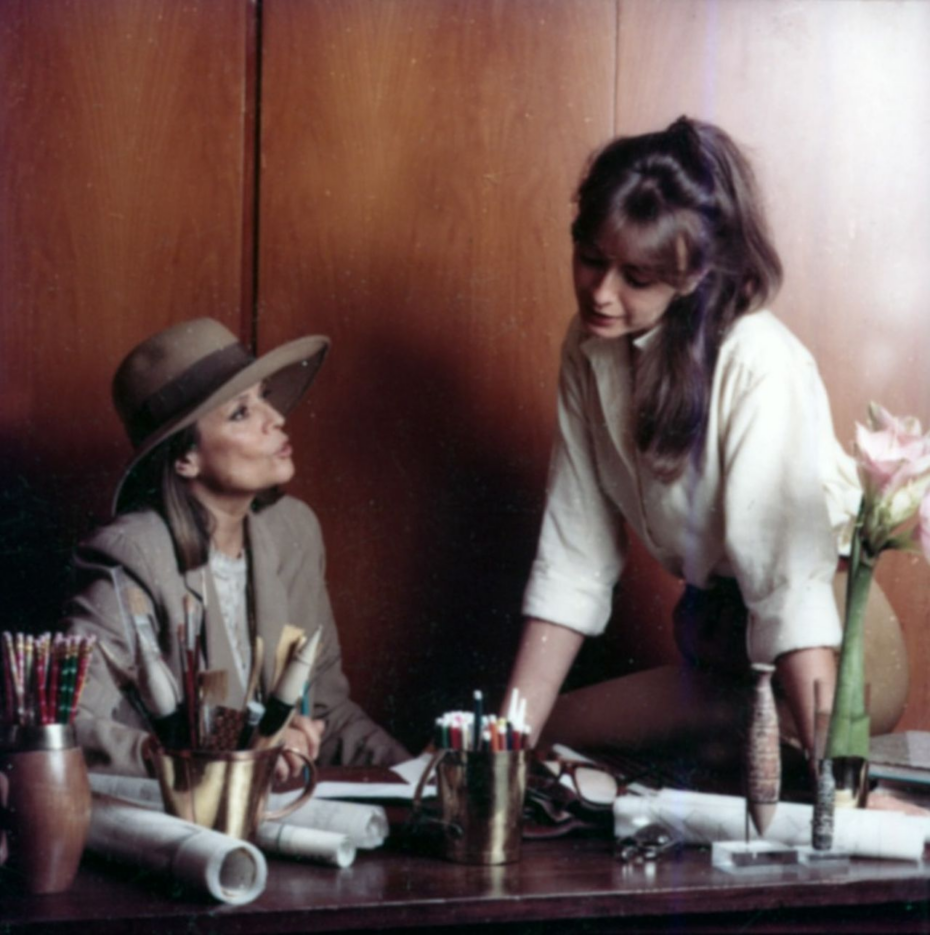
Gabriella Crespi could’ve kept riding the wave of her seemingly endless stream of creative accomplishments, but she wanted a change. Her daughter Elisabetta recalls, “the quest for a deeper meaning for existence and her belief of belonging to a wider universal energy were reclaiming her.”
So, at age 65, at the height of her success, she checked out of the rat race, packed her Ikat kaftans, peasant blouses and broad-brimmed hat into a backpack and retreated to self-imposed exile in the Indian Himalayas. There, she lived an isolated life and practiced her daily spirituality – yoga, meditation and silence for twenty years (1987 – 2007). She’d visit her family in Italy from time to time, but, as her daughter recalls, she’d no sooner arrive than she’d be looking for excuses to return to the mountains at Uttar Pradesh.
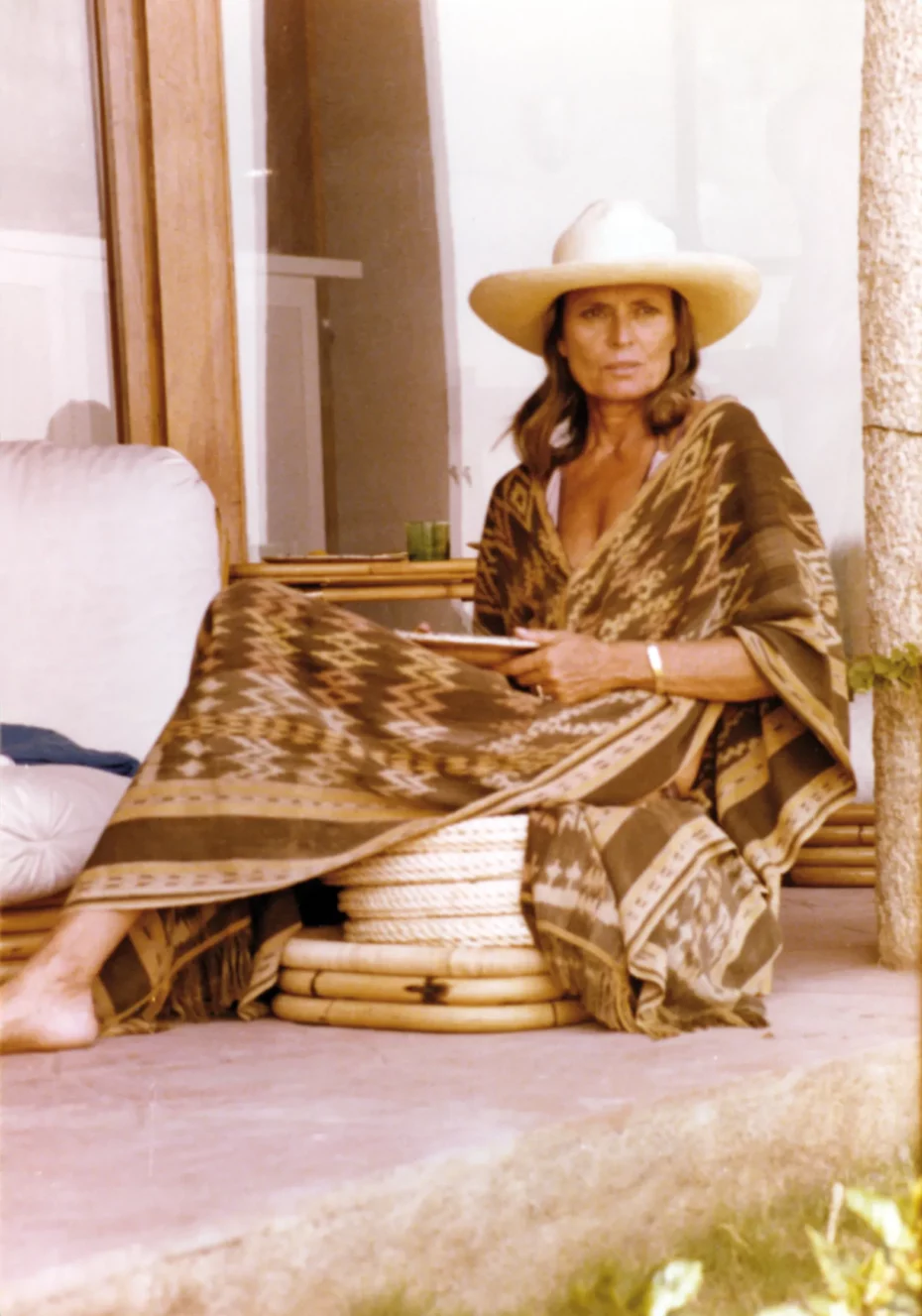
Then, out of the blue and as a totally unexpected bonus to the design world, she made a spectacular comeback at age 85 to give the world another instalment of her infinitely creative mind. She literally picked up where she had left off twenty years ago as if doing that was the most natural thing on earth – and bestowed upon us another decade’s worth of delicious, bohemian design. She captured her Himalayan decades in a book entitled, Ricerca di Infinito Himalaya, published in 2007. Little wonder that her answer to the question – what was your greatest pleasure in life? – was: “Start anew from zero, this is my greatest pleasure.”
Contemporary designers also clocked her brilliance. In 2008, Stella McCartney captured some of that Crespi magic in a limited re-issue of Crespi’s jewellery collection from the 1970s. The proceeds went to the Shree Baba Haidakhan Charitable Research Hospital in Chilianaula, founded by Gabriella’s beloved guru Sri Muniraji.
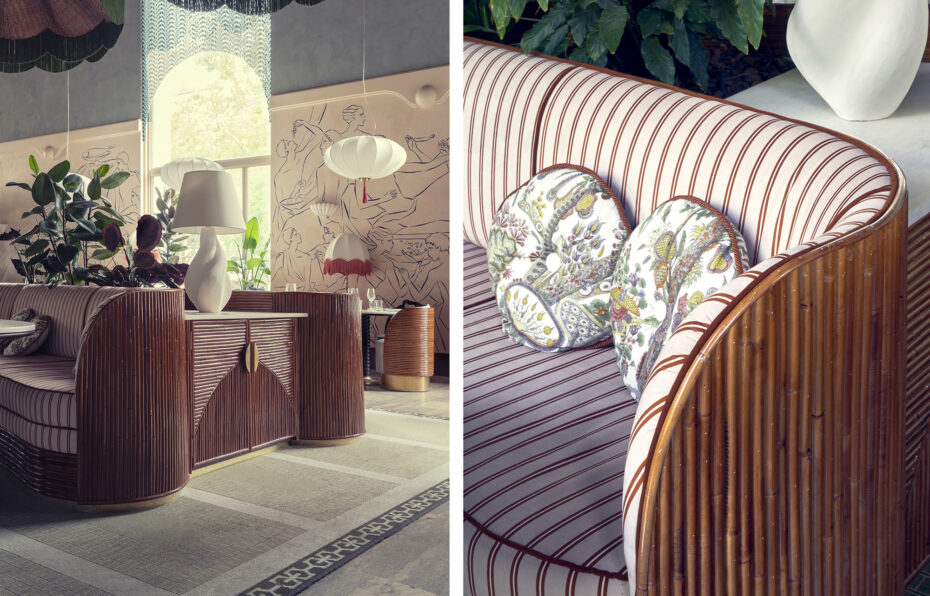
According to her daughter Elisabetta, when her mother was asked what exactly her inspiration was, she’d always reply, “my inspiration is the Universe.” She fully embraced the dichotomy within herself – this is overtly manifested in her ‘Yang Yin’ range of coffee-tables, desks and consoles. Her headstrong self-belief, ‘go-with-the-flow’ attitude and bohemian unconventionality were universally alluring; her free spirit and child-like sense of adventure drew people from all walks of life into her circle. Evidently everyone wanted a piece of Gabriella Crespi. And to this day, finding a rare piece of Crespi in an auctioneer’s catalogue makes the aesthetic’s heart skip a beat.
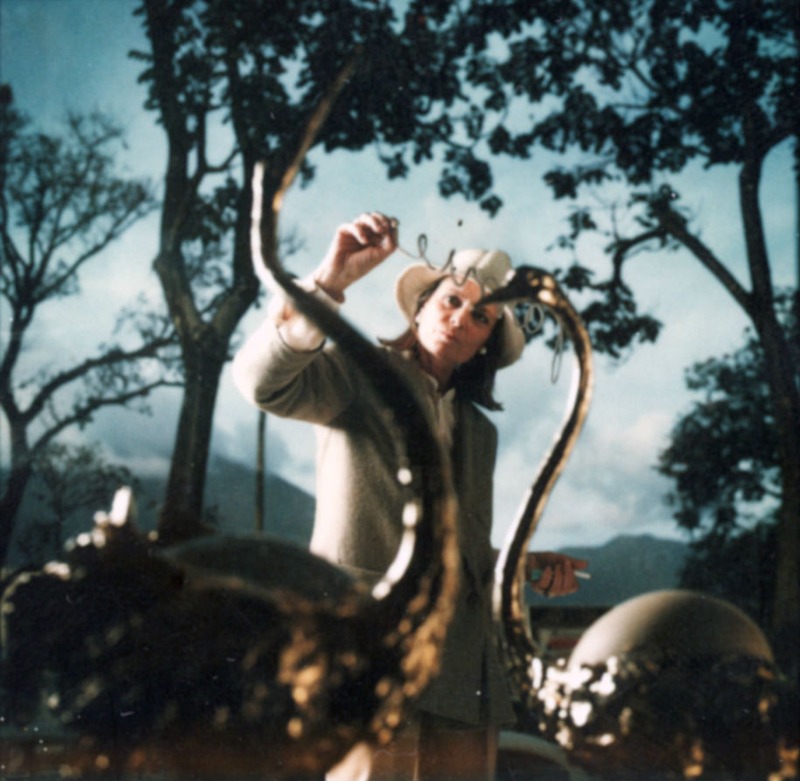
Gabriella Crespi passed away peacefully in Milan on Valentine’s Day in 2017, just before her 95th birthday. Emiliano Salci of Dimore Studios pays tribute, “she had extraordinary taste, and her work was deeply personal, stemming from her inner passions and lifestyle. She was modern and daring, almost radical in her propositions. From her innate allure to the furniture she designed, everything was sophisticated yet unconventional, with a warm, human, sensuous feel to it. She was genius.”







